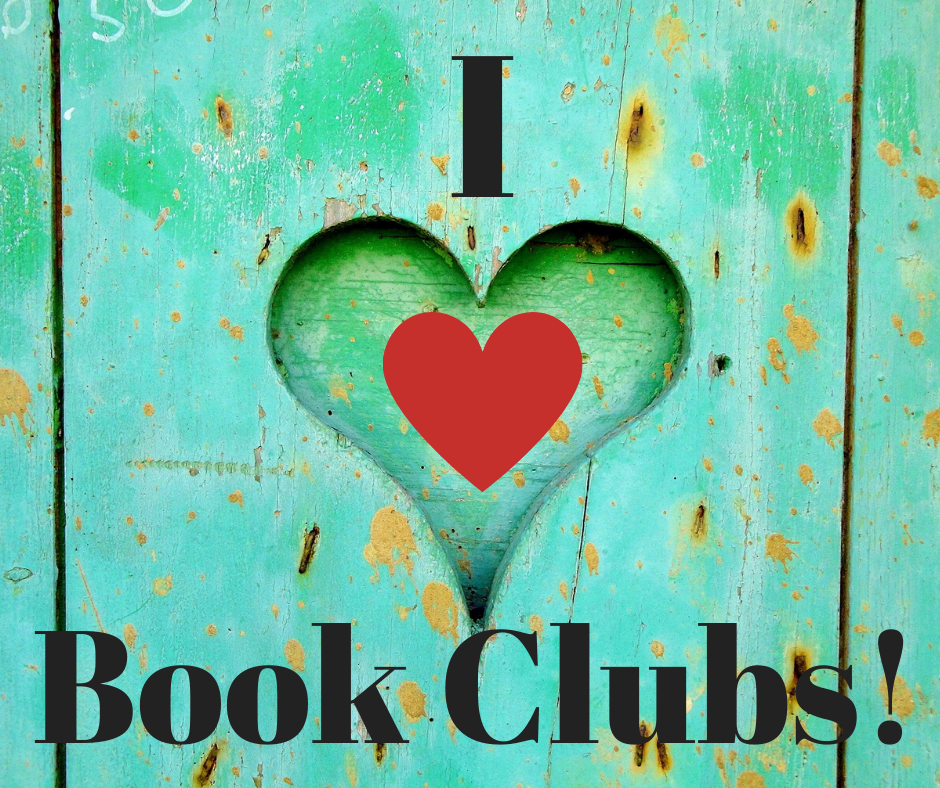Organizing Your Website
/Whether you’re creating your author website or overhauling your current one, here are some things you may want to consider.
Determine what you want your visitors to see first.
Decide on the number of pages that you need for your content.
Figure out what you want on each page and where you want to put them. The easiest way to do this is to storyboard your pages. Sketch out your design on a whiteboard or a sheet of paper. It can be full of stick figures. This is a way to organize your thoughts and ideas.
Use the site-builder’s templates. There are lots of designs that are already created. You can use these or modify them to fit your style.
Use colors to match your branding. Figure out what you want to project and represent. Do you write dark thrillers or humorous cozies? Your colors and fonts should give your readers/visitors an idea of what to expect in your writing. To get ideas, look at other authors’ websites (in your genre).
After you build your website, make sure to check all links and forms that you have on your site.
Check your website on a variety of devices to see how it presents. Most web services will optimize your site for the device your visitor uses. It’s a good idea to make sure all the pictures and forms look correct. People who use a computer, will see a wider picture than those on a cell phone that tend to render websites in a tall format.
What would you add to my list?















